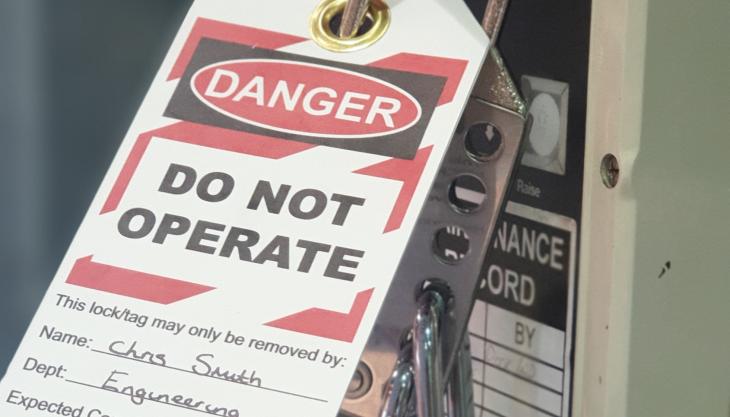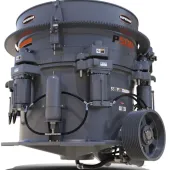LOTOTO – and why it is essential for safety

Reece Safety outline the procedure for the safe isolation of equipment prior to repair and maintenance work
THE lock-out, tag-out, try-out (LOTOTO) procedure has long been considered one of the safest ways to isolate equipment prior to maintenance work or repairs taking place. The procedure is integral for protecting employees and outside contractors from accidental re-energization of equipment, and potential injury or fatalities.
This article outlines the stages of LOTOTO and its importance within a health and safety strategy. With nine clearly defined steps, the procedure can be undertaken safely providing the correct lock-out equipment is used. The stages of the procedure are as follows:
- Prepare – Before the LOTOTO procedure can begin, a plan should be in place for the methods of control. The equipment should be fully assessed, and the correct lock-out materials selected. Workers within the area should be made aware that lock-out is occurring; this will help to prevent accidental re-energization.
- Shut down – Prior to the LOTOTO procedure taking place, the necessary equipment must be correctly shut down. This should be in line with manufacturers’ instructions to ensure the safety of employees.
- Equipment isolation – The isolation points on the equipment should be identified and partnered with an appropriate lock-out device prior to installing the devices. This will ensure that all necessary energy sources have the correct lock-out equipment required for blocking the energy source. Both primary and secondary energy sources should be identified and isolated at this stage.
- Begin lock-out – The lock-out devices should now be applied to fully isolate the equipment. The apparatus used as part of the LOTOTO procedure, such as safety padlocks from Reece Safety and identification tags, should be unique to the person applying them, and not be used for any other workplace activities. Storing lock-out equipment within a dedicated station will ensure they remain safe and accounted for. Once the devices have been safely applied, each should be carefully tagged. The tags will act as an identifier for the person who applied them, with information such as their name, picture and date and time of application on them. As a lock-out device should not be removed by any person other than those who applied them, the tags will ensure identification which will prevent removal and accidental restarting of the equipment by someone else.
- Energy isolation – The equipment should now be inspected to ensure all moving parts have ceased. This includes checking for areas which may have potential stored energy, such as those within pneumatic and hydraulic systems or spring-driven parts. These should be carefully blocked with the appropriate equipment to ensure unexpected movements do not occur during the maintenance or repair work.
- Verify isolation – At this stage it is important to verify each aspect of the isolation. This includes ensuring all workers are kept clear of the area, lock-out devices are secure and correctly applied with associating tags, and that any moving parts have been blocked. Once this is completed, the try-out phase can begin.
- Try-out – The try-out phase of the procedure involves attempting to restart the equipment. Should the equipment have more than one energy source, it is important to thoroughly check each one has been safely isolated; this is especially true of equipment which may operate with timers and sensors, as these may restart unexpectedly. Once it has been confirmed all aspects of the equipment have been safely isolated and cannot be restarted, the controls should be switched off again. Should the equipment restart during the try-out phase, the LOTOTO procedure needs to restart and a full investigation into what did not work needs to take place.
- Work – As all areas of the equipment have been safely locked out and checked thoroughly, the necessary work can begin.
- Re-energization – After the necessary work has been completed the lock-out devices can be removed and the equipment restarted in line with manufacturers’ instructions. It is important to remember that these devices should only be removed by the person who applied them.
Proven to be one of the most effective procedures for ensuring safety of workers, the LOTOTO procedure is a thorough way to safely isolate equipment. By implementing this procedure, the likelihood of accidental injuries or even fatalities occurring during maintenance or repair work on equipment is greatly minimized.
In order to complete a LOTOTO procedure, all workers should be thoroughly trained on the method and the usage of the appropriate devices. This is imperative for ensuring a safe lock-out.









